West Norfolk church set for major restoration
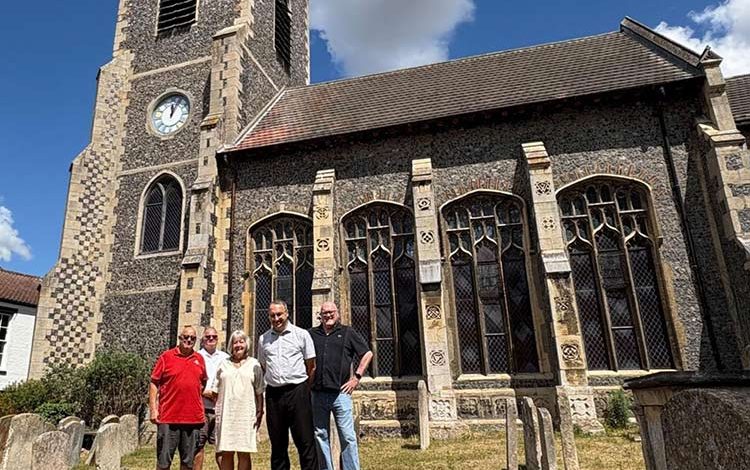
The historic town of Thetford is abuzz with excitement as a long-awaited project to restore the medieval St Peter’s Church, affectionately known as the “black church,” has finally begun. For decades, this stunning 14th-century Grade II listed building has stood empty, its grandeur and beauty slowly being eroded by the passage of time. However, thanks to the tireless efforts of Thetford Town Council, this incredible piece of heritage is set to be brought back to life. The council’s successful expression of interest to the National Heritage Lottery Fund marks a significant milestone in securing the funding needed to undertake the extensive restoration work required to save this treasured landmark.
The “black church” owes its name to its distinctive flint chequerboard exterior, a unique feature that sets it apart from other buildings in the area. This remarkable structure has been a silent witness to the town’s history, its stone walls bearing the secrets and stories of centuries past. As Councillor Annie Blackbourn, chair of the council’s heritage and events committee, so eloquently put it, “St Peter’s Church is woven into the fabric of Thetford’s history. It is a building that holds stories from across the centuries and deserves to be safeguarded for future generations.” The council’s commitment to restoring the church is a testament to their dedication to preserving the town’s rich heritage and cultural identity. By bringing this incredible building back into use, they aim to not only honor its past but also ensure its relevance and importance for generations to come.
The restoration project is a complex and ambitious undertaking, requiring careful planning and expertise to ensure that the conservation work is carried out to the highest standards. The building’s roof, tower louvres, and structure all need urgent attention, while an infestation of death watch beetles must be treated to prevent further damage. Additionally, upgrades will be necessary to meet current fire safety and accessibility standards, ensuring that the church is a safe and welcoming space for everyone. The council is working closely with conservation specialists to submit a full application to the heritage fund, and advice is being sought from Historic England to guarantee that the project meets national conservation standards. This collaborative approach will ensure that the restoration is not only successful but also respectful of the building’s historical significance.
As the project progresses, the community is eagerly anticipating the opportunity to reconnect with this beloved landmark. St Peter’s Church has been an integral part of Thetford’s heritage for centuries, and its restoration will undoubtedly have a profound impact on the town’s cultural and social landscape. The church’s history is intertwined with that of the town, and its stories, traditions, and legends are an essential part of the community’s collective identity. By saving this incredible building, the council is, in effect, preserving a vital part of the town’s soul. The “black church” is more than just a historic building; it is a symbol of the town’s resilience, its people’s determination, and their unwavering commitment to their heritage.
The National Heritage Lottery Fund plays a vital role in supporting projects like the restoration of St Peter’s Church, providing essential funding for the conservation of the UK’s rich cultural heritage. The fund’s support enables communities to preserve their historic buildings, landmarks, and cultural artifacts, ensuring that they remain relevant and accessible for future generations. In the case of the “black church,” the funding will be instrumental in bringing this incredible building back to life, allowing it to once again take its rightful place at the heart of the community. As the project moves forward, the people of Thetford can look forward to seeing this stunning medieval church restored to its former glory, its beauty and significance inspiring and educating visitors from far and wide.
As the restoration work begins, the community is filled with a sense of hope and anticipation. The “black church” is a testament to the town’s rich history and cultural heritage, and its restoration is a celebration of the community’s commitment to preserving its past. The project is a reminder that heritage is not just about preserving old buildings; it is about honoring the people, stories, and traditions that have shaped the town into what it is today. As Councillor Annie Blackbourn so eloquently stated, “We’re proud to be moving this forward and are committed to seeing it brought back to life.” The restoration of St Peter’s Church is a new chapter in the town’s history, one that will be written by the community, for the community, and will be a source of pride and inspiration for generations to come. With the support of the National Heritage Lottery Fund and the expertise of conservation specialists, the “black church” will once again stand tall, a beacon of the town’s history, culture, and resilience.



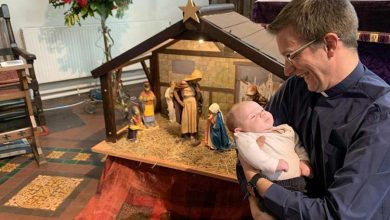
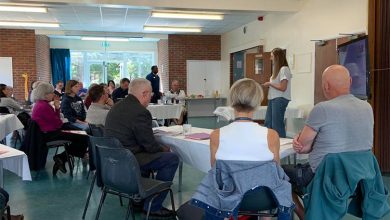
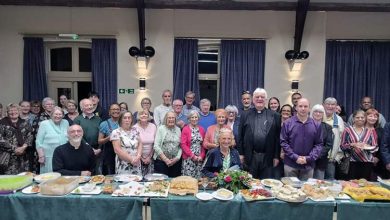
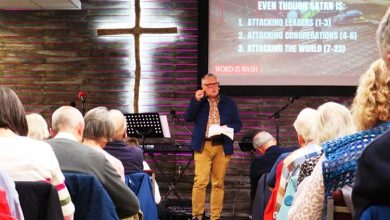

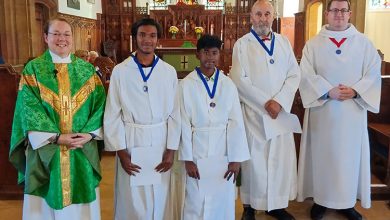
I’ve recently started a web site, the info you provide on this site has helped me greatly. Thanks for all of your time & work.
I appreciate, cause I found just what I was looking for. You’ve ended my four day long hunt! God Bless you man. Have a nice day. Bye
Hello. remarkable job. I did not expect this. This is a impressive story. Thanks!
Thank you for another informative blog. Where else could I get that kind of info written in such an ideal way? I’ve a project that I’m just now working on, and I’ve been on the look out for such info.
Very interesting info!Perfect just what I was looking for!
I really like your writing style, great information, thanks for putting up :D. “I hate mankind, for I think myself one of the best of them, and I know how bad I am.” by Joseph Baretti.
F*ckin’ tremendous issues here. I am very satisfied to see your article. Thanks so much and i am having a look forward to contact you. Will you please drop me a mail?